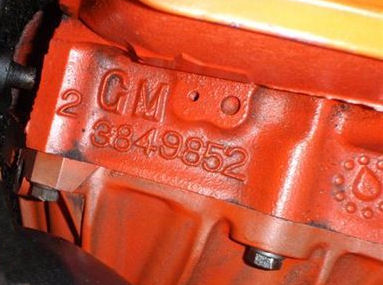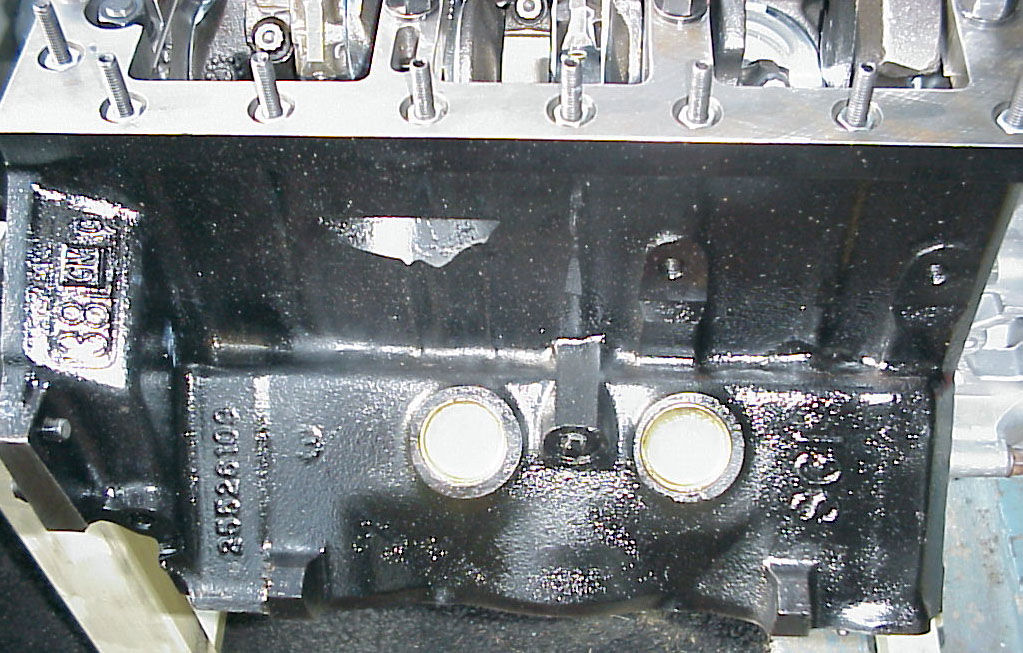
Bore spacing was maintained to the same dimension as earlier small-blocks at 4.400-inches in an attempt to minimize its length.Īs the LS family expanded its displacement footprint, horsepower expectations grew almost overnight.

This design also paid careful attention to minimizing leak paths, a persistent problem with earlier small-blocks. Other changes include a cast aluminum oil pan and front and rear covers instead of thin steel stampings. This deep skirt extends past the crankshaft centerline, allowing for horizontal cross-bolted main caps. The deep skirt block is the first obvious point of departure from its small-block roots. For example, the 2006 LS6 engine shares it’s RPO with a 1970 big-block 454 Chevelle engine. A few of these RPO’s are retreads from previous generations. This RPO-speak expands into pure alphabet versions like the LSA which is a supercharged Gen IV 6.2L engine. These engines also employ a dizzying number of regular production option (RPO) designators like LS1, LS2, LS3, LM7, LQ4, LS6, and LS7 – among many more. The 6.2L (376ci) could be considered approaching the 1970 400ci Mouse motor and then GM broke the mold to build a 427ci small-block LS with the LS7 engine. The LS 4.8L (293ci) is nestled near the Gen I 283ci, the 5.3L LS truck engine is close to the venerable 327 at 325ci, and the 5.7L LS is kissing-cousins-close to the classic 350ci small-block. The LS was eventually delivered in multiple cubic inch configurations that did not stray far from its ancestral roots.

The upgrades included a 58x crank trigger wheel with the cam sensor moved to the timing chain cover. Roughly in 2003, GM upgraded the LS into its Gen IV configuration with a number of changes. These engines used a 24x crankshaft trigger wheel and a cam sensor mounted at the rear of the camshaft. The Gen III engines were the firstborn from the original LS1 in 1997 through 2002.

In this story we break down the evolution of the LS engine in both Gen III and Gen IV configurations. The powerplant was designed initially as an aluminum block, aluminum head engine, so strength was an integral part of the plan since power would be vastly improved over its Gen I predecessor. Chevrolet prefers to debut its latest internal combustion accomplishments in the Corvette and quickly follow that with the rest of the line and so the fledgling 5.7L LS debuted in the new-for-1997 C5 Corvette.


 0 kommentar(er)
0 kommentar(er)
